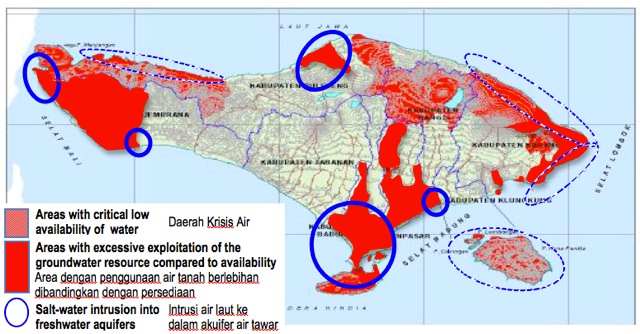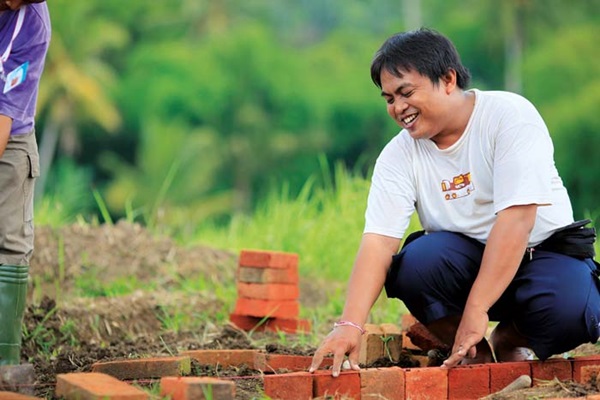
A conversation with Ade Andreawan, Executive Officer of Bali Water Protection (BWP) programme, reveals the somewhat shocking truth about Bali’s water supply and how carelessness is depleting our natural stocks.
It took me about an hour from Denpasar to reach the IDEP’s Headquarters, Demonstration Garden, and Training Centre which is located in a green and modest office in Desa Batuan Kaler, Gianyar. Ade Andreawan welcomed me warmly on a terrace which was full of books. The smell of freshly brewed coffee lingered in the air as we began our interview.
So, tell us about the concept and aims of Bali Water Protection programme.
It’s a social and environmental welfare project. The aquifers, on which the whole of Bali relies, is depleting at a really rapid rate. The actual water table, which is the natural water supply for the island, is now down to less than 20 per cent, which is pretty terrifying.
This issue has been a real point of discussion for the sustainability of Bali’s natural resources. Basically, this water project will install enough recharge-wells to make a difference in a short time. We are here to stimulate rapid replenishment through a proven and cheap technique.
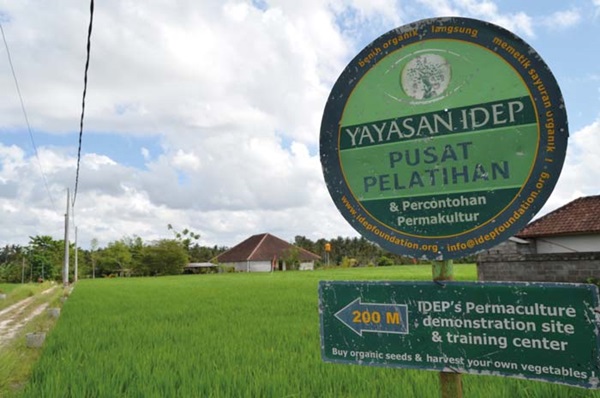
Who initiated this programme?
Established in April 2013, the programme was initiated by the IDEP Foundation with the assistance and technical support of the academic team from University Politeknik Negeri Bali (PNB). Florence Cattin, a French lady, has been a real trigger for this project. She is the cofounder of the programme and worked with us through a 3-years development phase; she had to return to Europe but is still involved long distance.
Brenda Ritchmond, founder of Bali Buda, has also been a key element by providing her support from the very inception of the programme.
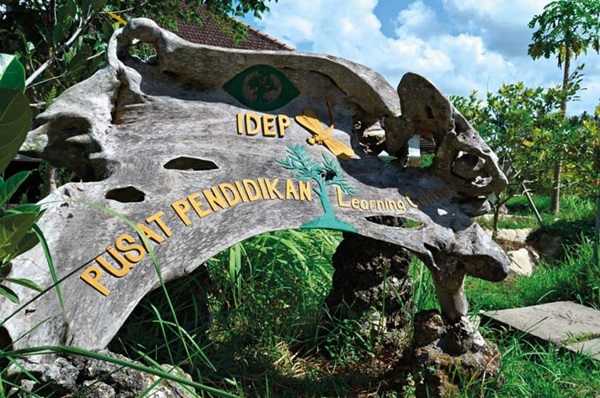
Why Bali for the water project?
The whole world is actually in crisis now. It’s coming up every few days in articles across the world now in mainstream media. Our water supply is now reaching the point of concern which has made the scientists start to come out and speak. South-East Asia in particular is a huge hotspot for disasters. You can see earthquakes, volcanoes, tornadoes, tsunamis… the list goes on and on. If we don’t tackle this issue, it will soon become a disaster.
Bali has an urgent need because its main source of income comes from tourism. Twenty years ago, there was probably only one million people living here. Now, there are four million and up to ten million tourists every year, international and domestic. Bali is a tiny concentrated spot in the ocean but there are a lot of people feeding on it. We’ve got to start somewhere by involving the communities and industries.
How can you tell that Bali is in danger?
You should know that over 60 per cent of Bali’s fresh water has disappeared from excessive use over the past 20 years. About 75-80 per cent of Bali’s watersheds are now dry, because the water table has dropped over 50 metres in less than 10 years. Lake Buyan, the second largest natural freshwater reserve, has dropped 5 metres since 2012, and with Bali in drought, the levels continue to drop.
Freshwater aquifers are now contaminated by saltwater flooding, caused by an imbalance of excessive withdrawal of freshwater compared to natural rate of replenishment. It will put Bali in the risk of dependency to desalinated water—by expensive reverse osmosis—if the water crisis is not rapidly addressed. It’s a permanent ecological impact.
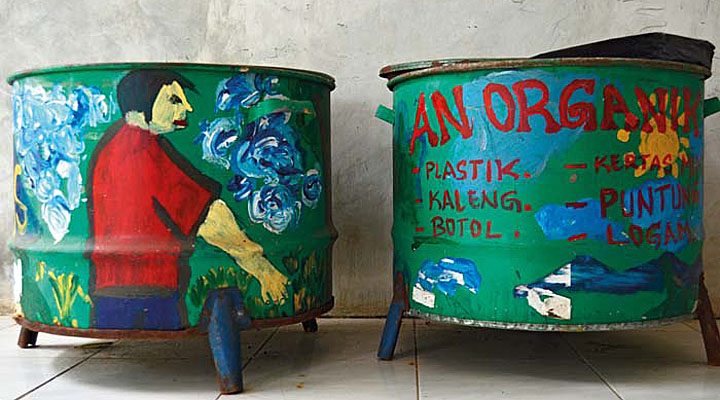
So Bali is fast running out of fresh water?
Yes, someday soon! Basically, what the project is trying to show and implement is that there is a solution to this critical crisis, that it is not a fatality. That’s the reason that this project is so urgent, because it will take two or three years for those wells to inject enough water, to start replenishing to the point where it will make a difference.
The 136 wells will be channeling rainwater back into the aquafiers. In such a system, the wells will also include a filter in order to keep the rubbish out of the freshwater.
How can Bali Water Protection programme help Bali?
So we have three ‘sub programmes’: Adopt a Well, Adopt a River, and Adopt Water. Adopt a Well is about constructing 136 rainwater-fed recharge wells in 13 identified Critical Intervention Areas (CIA) in Bali’s main island and sister islands. Basically, people who join this sub programme are supporting the costs of the well.
The entire pilot programme, with 136 wells around Bali will begin to make a difference. It will cost under one million to start the pilot wells. Adopt a River is about delivering an educational programme to 132 schools, particularly aimed at 9-12 years old students living along the 11 biggest watershed rivers.
Adopt Water is the media campaign; it generates monthly press articles, public billboard exposure in high traffic areas, and regional television talk shows on water during a 12 month campaign.
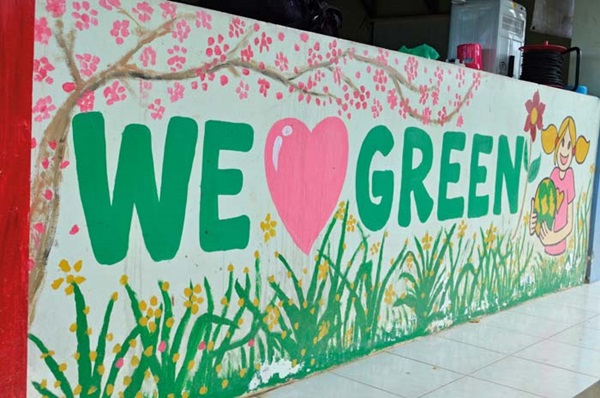
Who do you really hope to get involved in this programme?
This is such an important project to get across, not to just to the local people, but also industries, corporates, and governments.
Governments are now supporting with an official support and endorsement, so that’s fantastic. They’re working side by side to try to get this recharge technique into the legislation. It’s quite a high profile project behind the scenes. The main people we really need to get the message across to are those involved in the tourism industry.
We also need the support of big corporates. We need them to commit to helping with fundraising to make these wells happen around the island.
What we’d like to do is to be included in the CSR programmes of the hotels, in particular, and corporations, but also to call upon private donations from individuals regardless of how modest, as this programme addresses water sovereignty for all beings.
Visit and learn more about Bali Water Protection programme:
Br. Dauh Uma, Desa Batuan Kaler,
Kecamatan Sukawati, Gianyar 80582
Phone: 0361 294 993
Text by Anja Pradnyaparamita

